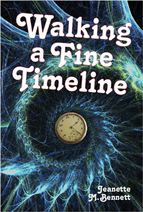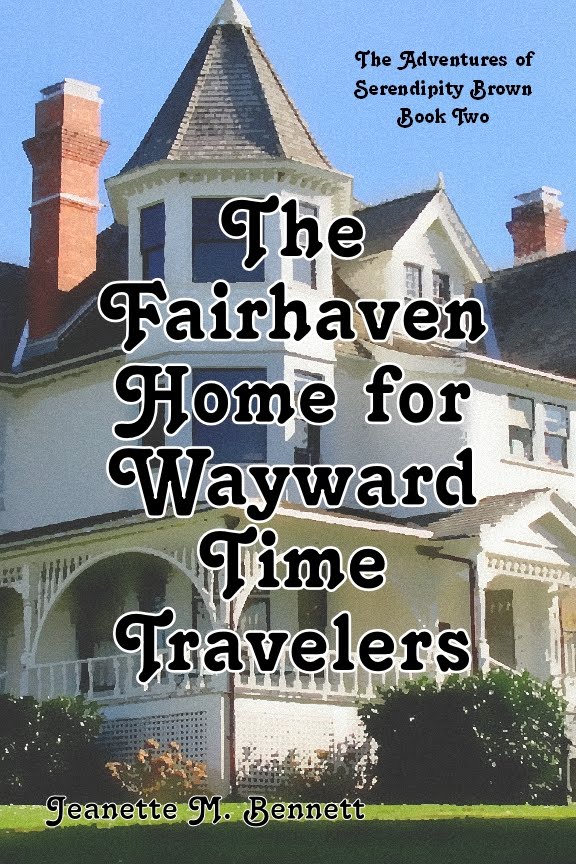Friday, 21 September 1894 - Toronto, Ontario, Canada
As you know, most of my travels in the Field are for various universities. They always love seeing the old alma mater in its early days. Too often I can only visit the college which one day become a university or just the cow pasture that will one day be a place of higher learning. Not so with the University of Toronto. In 1894 it’s already one of North America’s leading universities.
 |
| University of Toronto campus |
University of Toronto is not the oldest university in Canada, but it is the oldest institute of higher learning in Ontario, back when it was still Upper Canada. (Which is actually the southern most part of Canada.) In 1827 the future university was founded by Royal Charter as King’s College. At first it was a religious institution, mainly because John Strachan, Anglican Bishop of Toronto, was the first president. He was given the job because it was his intense lobbying that brought the college into being.
In 1849 the newly elected government of Upper Canada voted to make King’s College a secular university. Strachan left in a huff and created Trinity College as an Anglican Seminary. In 1884 the University really raised more eyebrows by admitting women. In 1897 one of those women, Clara Brett Martin, will be the first women barrister in the whole British Empire. Over the years Toronto University has opened or absorbed other colleges. It already confers degrees in Science, Engineering, Dentistry, Law, Medicine, and other subjects.
It is well on to its way of being one of the leading research institutes in the world. Some day this will be the birthplace of insulin and stem cell research and a leader in the development of computers and cybernetics. The experimental physics laboratory is even now one of the most modern in the world. I have come here today to record one of its greatest assets.
 |
| University of Toronto's Experimental Physics Laboratory |
I found John Stanley Plaskett in the laboratory after class working on some apparatus. One advantage of coming from a long line of college professors is I can stroll about any institute of higher learning and just look like I’m suppose to be there. So when I walked up to Plaskett and asked him what he was doing, he assumed I was a visiting professor.
“I’m making a resistance box.” Plaskett held up the wooden box with tubes and wires for me to see.
“Very clever.” I introduced myself as Dr. Wendell Howe, visiting from Cambridge University. (Not a lie. I just didn‘t mention what year.) Plaskett took my proffered hand and told me his name.
“Are you a student?” I knew he wasn’t. The man is pushing thirty.
“No, just a mechanic. My title is Foreman of the Physics Department. Professor James Loudon hired me to make and repair equipment. I also assist Professor Chant with demonstrations. Loudon seemed impressed when I told him I worked for Thomas Edison.”
 |
| John Stanley Plaskett |
“Thomas Edison, you say? My word, that is impressive. How long have you worked here?”
“About four years. I like the work. I find it interesting.”
“You said you help with the demonstrations?”
Plaskett smiled. “Yes, I’ve heard the same lectures four times now. I could probably pass the exams.” He frowned, then shook his head. “No, I’m 29 and just a mechanic. I’m just a farmer‘s son.” Then he frowned thoughtfully again. “I wonder if I could get a degree?” He leaned on the counter and stared into space. “No, I have a wife and a one year old son. It would be too much to ask of Rebecca and Harry. We could never afford it...could we?”
I was afraid to say anything lest I be accused of encouraging or discouraging Plaskett and changing history. I also felt awed that I was there to witness a turning point in his career. Plaskett will enroll next year and get a degree in mathematics and physics. He will stay on at the University where he will teach as a Lecturer in Physics Department and do research in color photography.
In 1903, William Frederick King will hire him as part of the Astronomy Division of the Department of the Interior to help design and construct instruments for the new Dominion Observatory in Ottawa. There he will measure radial velocities or how fast stars are moving away from each other.
 |
Dominion Astrophysical Observatory
Victoria, British Columbia |
In 1917 Plaskett will be made the first director of the Dominion Astrophysical Observatory in Victoria, British Columbia. Seemed only fair since he designed the telescope. With it he will discover a binary star called “Plaskett’s Star” in 1922, the largest binary star ever found. He was the first to measure the size, mass and rotational speed of the Milky Way Galaxy as well as our distance from the center of the galaxy.
In 1930 he will win the coveted Gold Medal of the Royal Astronomical Society, perhaps the greatest award any astronomer can receive. (His son Harry Hemley Plaskett, following in Daddy’s footsteps, will win it in 1963.)
It’s hard to believe this unassuming mechanic will one day be one of the world’s leading astronomers. As I said, I came here to record one of the University of Toronto’s greatest assets.
Dominion Astrophysical Observatory earns national heritage status





















